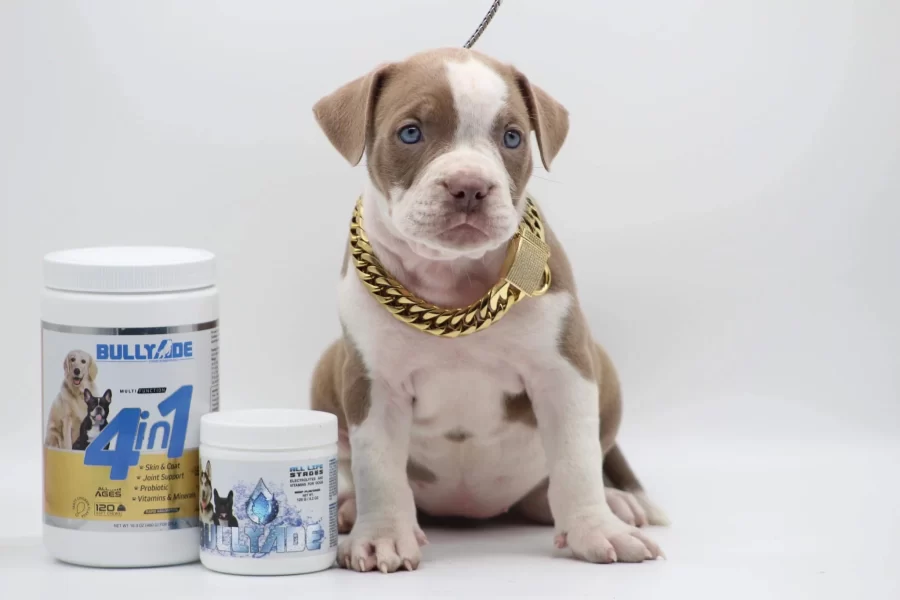Canine parvovirus, commonly known as parvo, is a highly contagious and potentially fatal disease that primarily affects puppies and unvaccinated dogs. This devastating illness attacks rapidly dividing cells in a dog's body, particularly those in the gastrointestinal tract, bone marrow, and lymphopoietic tissues. While immediate veterinary care is always the best course of action for a dog with parvo, some pet owners may find themselves in situations where professional medical treatment is not immediately accessible or affordable.
In these cases, understanding how to provide effective at-home treatment can be crucial in giving your furry friend a fighting chance. This comprehensive guide will walk you through the essential steps of parvo home treatment, equipping you with the knowledge to combat this dangerous virus and potentially save your dog's life.
What are the risks of parvo?
When battling parvo, it's crucial to understand the three primary threats that can lead to a dog's demise: dehydration, secondary infections, and malnourishment. Dehydration is often the most immediate danger, as the severe vomiting and diarrhea associated with parvo can quickly deplete a dog's bodily fluids. This loss of fluids not only affects overall health but can lead to electrolyte imbalances and organ failure.
Secondary infections pose another significant risk, as the virus weakens the dog's immune system and damages the intestinal lining, making it susceptible to harmful bacteria that can enter the bloodstream. Lastly, malnourishment becomes a critical concern as the dog's ability to absorb nutrients is compromised due to intestinal damage, and the lack of appetite further exacerbates the problem. Addressing these three threats simultaneously is key to successful parvo home treatment.
How long does parvo stay?
One of the most challenging aspects of dealing with parvovirus is its remarkable resilience in the environment. The virus can survive on surfaces for months or even years under the right conditions, making it a persistent threat to unvaccinated dogs. In indoor environments, parvo can last for at least a month, while outdoors, it can survive for several months and potentially up to a year, especially in cool, shaded areas. This longevity means that even after a dog recovers, the virus can still pose a risk to other unvaccinated canines.
Understanding the virus's persistence is crucial for preventing its spread and protecting other dogs in the household or neighborhood. It underscores the importance of thorough cleaning and disinfection practices, not just during treatment but for an extended period after recovery.
How do you wash a dog with parvo?
Effective cleaning and disinfection are paramount in managing parvo and preventing its spread. Many pet owners mistakenly believe that a quick application of bleach is sufficient to kill the virus, but this is far from the truth. While bleach is effective against parvo, it requires a specific application method to work. The bleach solution needs to remain in contact with the contaminated surface for 15-20 minutes to effectively neutralize the virus. Simply wiping bleach on and off immediately will not do the job. For more efficient cleaning, consider using specialized products like Provet Logic or its equivalents, which are designed to combat hardy viruses like parvo.
It's crucial to remember that the virus can cling to various surfaces, including clothing and shoes. Any items that have come into contact with an infected dog or contaminated area should be thoroughly cleaned or, in some cases, discarded. This meticulous approach to cleaning is essential in creating a safe environment for your recovering dog and preventing the infection of other animals.
Will a dog with parvo drink water?
Maintaining proper hydration is arguably the most critical aspect of parvo home treatment. Severe dehydration can lead to shock and organ failure, making it a life-threatening condition. One of the most effective products for combating dehydration in dogs with parvo is Bullyade, available on Amazon. This specially formulated electrolyte solution helps replenish vital fluids and minerals lost through vomiting and diarrhea. Bullyade not only aids in hydration but also supports the immune system and promotes faster recovery.
In addition to oral hydration methods, learning how to administer subcutaneous fluids can be a life-saving skill. To do this, pinch the skin between your dog's shoulder blades to create a "tent," then insert the needle at the base of this tent, parallel to the body. Slowly inject the fluids until you see a visible lump under the skin. Once the lump is absorbed (usually within an hour), you can repeat the process. This method allows for a steady absorption of fluids, helping to maintain hydration levels even when the dog is unable to keep water down orally.
Can normal Saline be given subcutaneously to dogs?
In emergencies where commercial products are unavailable, you can make homemade subcutaneous fluids for dogs using saline solution. To prepare the solution, mix 1 teaspoon of salt (non-iodized) with 4 cups of distilled or boiled (then cooled) water. Ensure all utensils and containers are sterilized before use. While this homemade solution isn't ideal for long-term use, it can be lifesaving in critical situations.
How to give sq fluids to a dog?
To administer subcutaneous fluids, you'll need sterile needles, syringes, and IV tubing, which can be purchased from veterinary supply stores or online. Begin by warming the fluid to body temperature by placing the bag or bottle in warm water. Hang the fluid bag above the dog's level.
To administer, create a tent with the skin between the dog's shoulder blades, and insert the needle at a 45-degree angle into the tent, ensuring it doesn't go through the other side. Once in place, open the fluid line and allow the solution to flow slowly into the subcutaneous space. A typical dose is 10-30 ml per pound of body weight, but this can vary based on the dog's condition.
Monitor the area for swelling, which indicates fluid absorption. Stop when you see a visible lump or if the dog shows discomfort. This process can be repeated every 4-6 hours as needed. It's crucial to maintain sterile technique throughout to prevent introducing infections. While this method can be lifesaving, it's important to seek veterinary care as soon as possible, as they can provide more appropriate fluids and monitor for potential complications.
How to Hydrate Puppy at Home
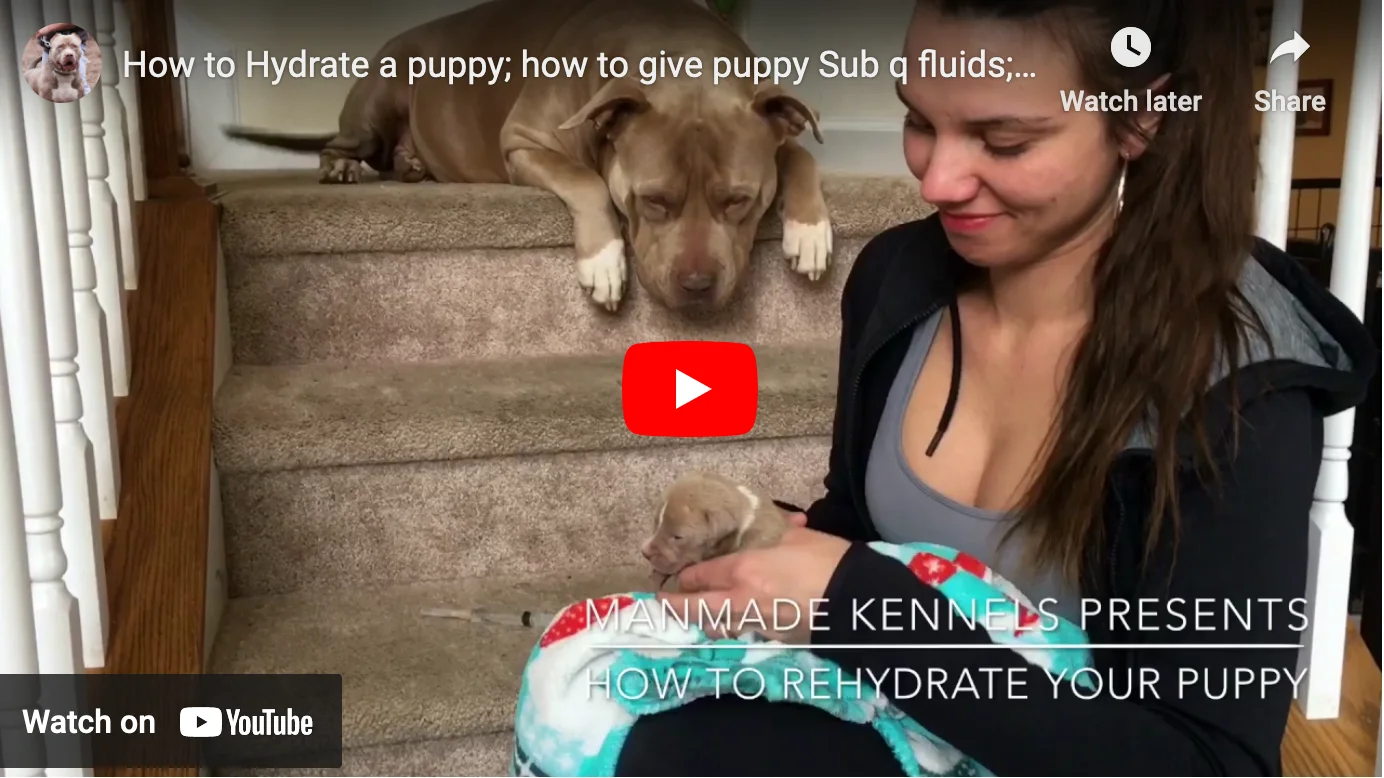
Treating parvo in dogs at home: Small vs. Large Breed Dogs
While the fundamental approach to treating parvo remains similar across all dog sizes, it's crucial to understand that dosages and specific care requirements can vary significantly between small and large breeds. Both will require aggressive hydration, nutritional support, and measures to control symptoms and prevent secondary infections. However, the quantities of fluids, medications, and supplements needed will differ based on the dog's size and weight.
Small breeds, due to their lower body mass, can become dehydrated and malnourished more quickly, requiring more frequent but smaller doses of fluids and nutrients. Large breeds, on the other hand, may need larger volumes of fluids and higher doses of medications to achieve the same therapeutic effect.
It's essential to calculate dosages carefully based on your dog's weight and consult with a veterinarian whenever possible to ensure you're providing the appropriate amount of care for your specific dog's size and condition.
How to manage malnourishment and parvo in dogs
Addressing malnourishment is a crucial component of parvo home treatment, as the virus severely impacts the dog's ability to absorb nutrients from food. A highly effective method for providing easily digestible nutrition is mixing Bullyade with Gerber baby food. It's important to match the flavors of the Bullyade and baby food to make the mixture more palatable to your sick dog. This combination not only provides essential hydration but also offers easily absorbable nutrients that can help maintain your dog's strength during recovery.
When feeding, start with small, frequent meals to avoid overwhelming the damaged digestive system. You may need to use a syringe to administer the mixture if your dog is too weak to eat on its own. Gradually increase the amount and frequency of feedings as your dog's condition improves, always monitoring for any signs of vomiting or further digestive distress.
Diarrhea in dogs parvo treatment at home
Controlling diarrhea and nausea is essential in parvo treatment to prevent further dehydration and aid in recovery. Several over-the-counter products safe for dogs can be used to manage these symptoms. For diarrhea, Kaopectate or Pepto-Bismol can be administered, but it's crucial to use the correct dosage based on your dog's weight. Generally, the dose is 1 ml per pound of body weight, given every 6-8 hours. For nausea, Dramamine can be effective, with a typical dose of 2-4 mg per pound of body weight, given every 8 hours.
Small quantities of organic ginger can also help settle the stomach. However, it's important to note that these medications should be used cautiously and under guidance, as they can mask symptoms or interact with other treatments. Always monitor your dog closely when using any medication and discontinue use if you notice any adverse reactions.
Do dogs with parvo have a temperature?
Maintaining a proper body temperature is a critical yet often overlooked aspect of parvo treatment. The virus can cause fluctuations in body temperature, leading to either fever or hypothermia, both of which can be dangerous. A dog's normal body temperature should be between 101-102.5°F (38.3-39.2°C).
During parvo treatment, regularly monitor your dog's temperature using a rectal thermometer. If your dog has a fever, you can help cool them down by placing cool, damp towels on their paws and around their ears. For hypothermia, which is more common in smaller breeds or puppies, provide warm blankets and consider using a heating pad set on low, always ensuring your dog can move away from the heat source if they become too warm. Maintaining a stable body temperature helps support your dog's immune system and overall recovery process.
How long is treatment for parvo in dogs?
Recovery from parvo doesn't end when the acute symptoms subside. It's crucial to continue monitoring your dog closely for 2-4 weeks after they appear to have recovered. During this period, watch for any signs of relapse, such as renewed lethargy, loss of appetite, or return of gastrointestinal symptoms. The dog's digestive system may remain sensitive for some time, so continue to feed easily digestible foods and gradually transition back to a regular diet.
Keep an eye on your dog's weight and energy levels, ensuring they're steadily improving. It's also important to keep the recovering dog isolated from other dogs during this period, as they may still be shedding the virus. Regular check-ups with a veterinarian during this recovery phase can help ensure that your dog is truly on the mend and not experiencing any lingering effects from the virus.
How do you control and prevent parvovirus in dogs?
After successfully treating parvo at home, focus on preventing future occurrences and maintaining your dog's health. Vaccination is the most effective way to prevent parvo, so ensure your dog receives all necessary shots and boosters as recommended by your veterinarian. For puppies, this typically involves a series of vaccinations starting at 6-8 weeks of age, with boosters given every 3-4 weeks until 16 weeks of age. Adult dogs should receive booster shots as advised by their vet.
In addition to vaccination, maintain a clean environment by regularly disinfecting areas where your dog spends time, especially if there's been a parvo infection. Be cautious about exposing your dog to potentially contaminated areas, such as dog parks or areas with unknown vaccination statuses. A healthy diet, regular exercise, and routine veterinary check-ups will help keep your dog's immune system strong, providing additional protection against parvo and other diseases.
Conclusion
Treating parvo at home is a challenging but potentially life-saving endeavor. Focusing on hydration, nutrition, symptom management, and proper sanitation can give your dog a fighting chance against this dangerous virus. Remember, while home treatment can be crucial in emergencies, professional veterinary care should always be sought when possible.
With diligent care, proper precautions, and ongoing health maintenance, you can help your furry friend recover and prevent future infections. Stay vigilant, stay informed, and above all, cherish the bond you share with your canine companion.
How to Save a Puppy With Parvo Summary
Revealed: Stunning Differences Between Red Nose And Blue Nose Pitbulls
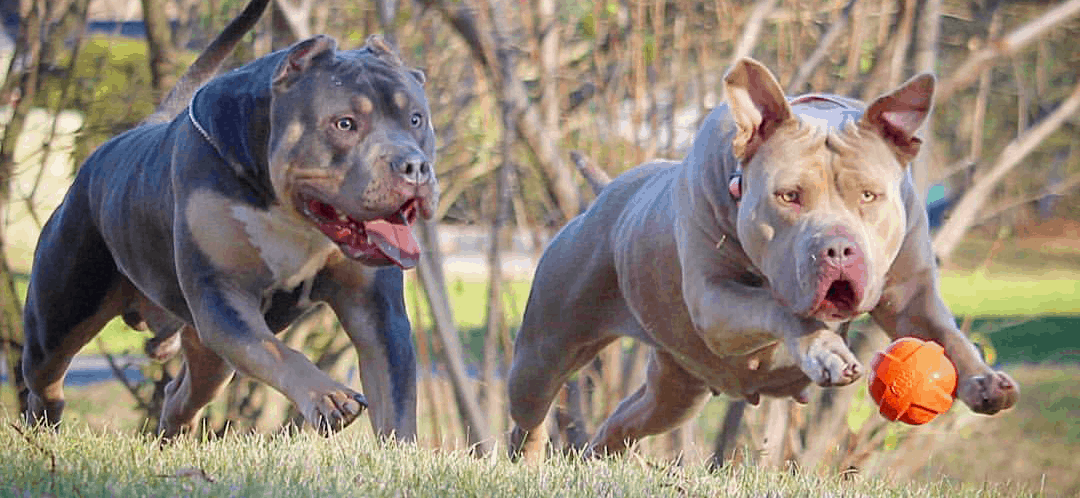
Latest
The Best Diet for Pitbull Puppies: What’s New in 2025?
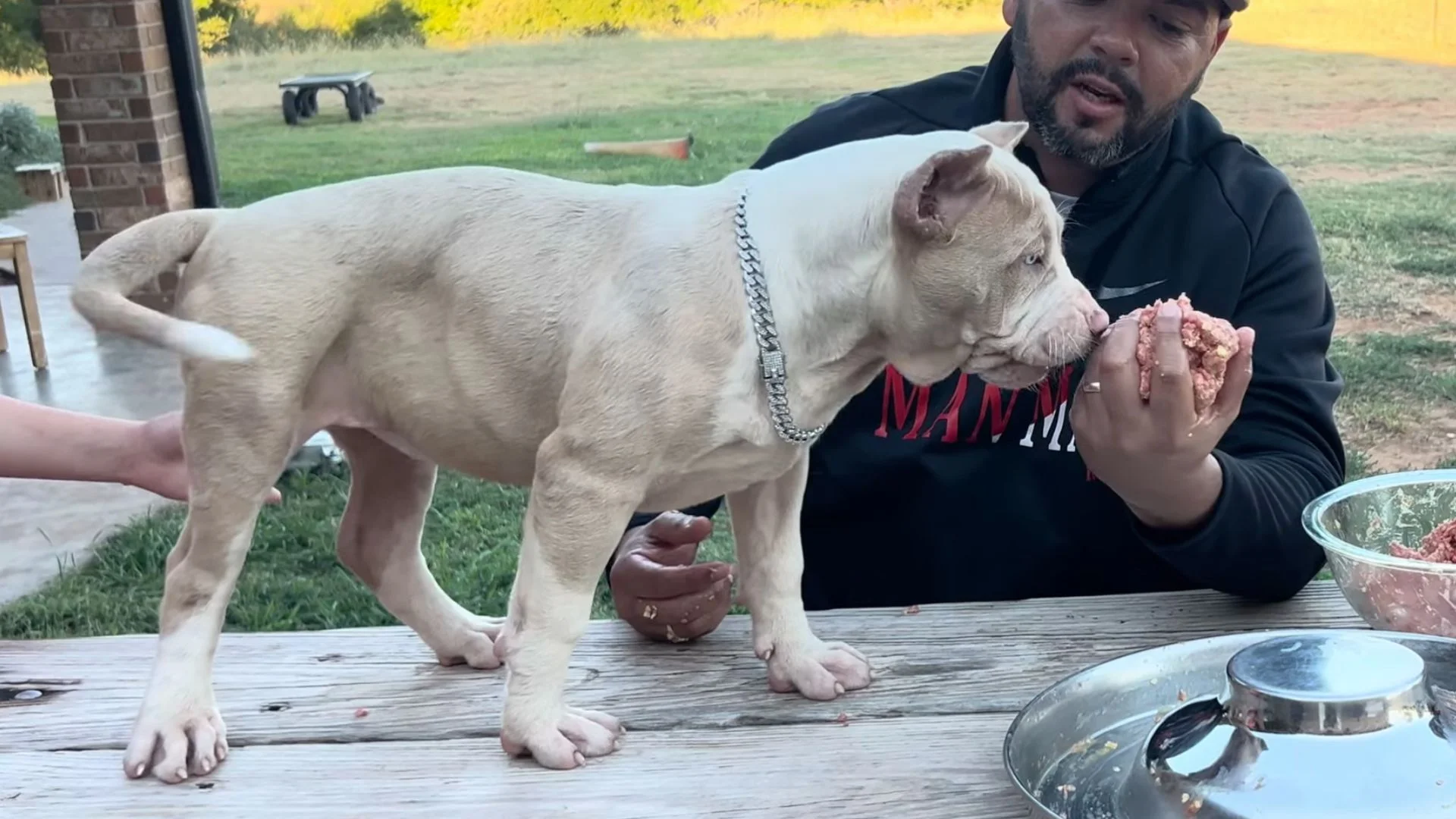
How to Vaccinate A Puppy at Home: A Complete Guide for First-Time Owners
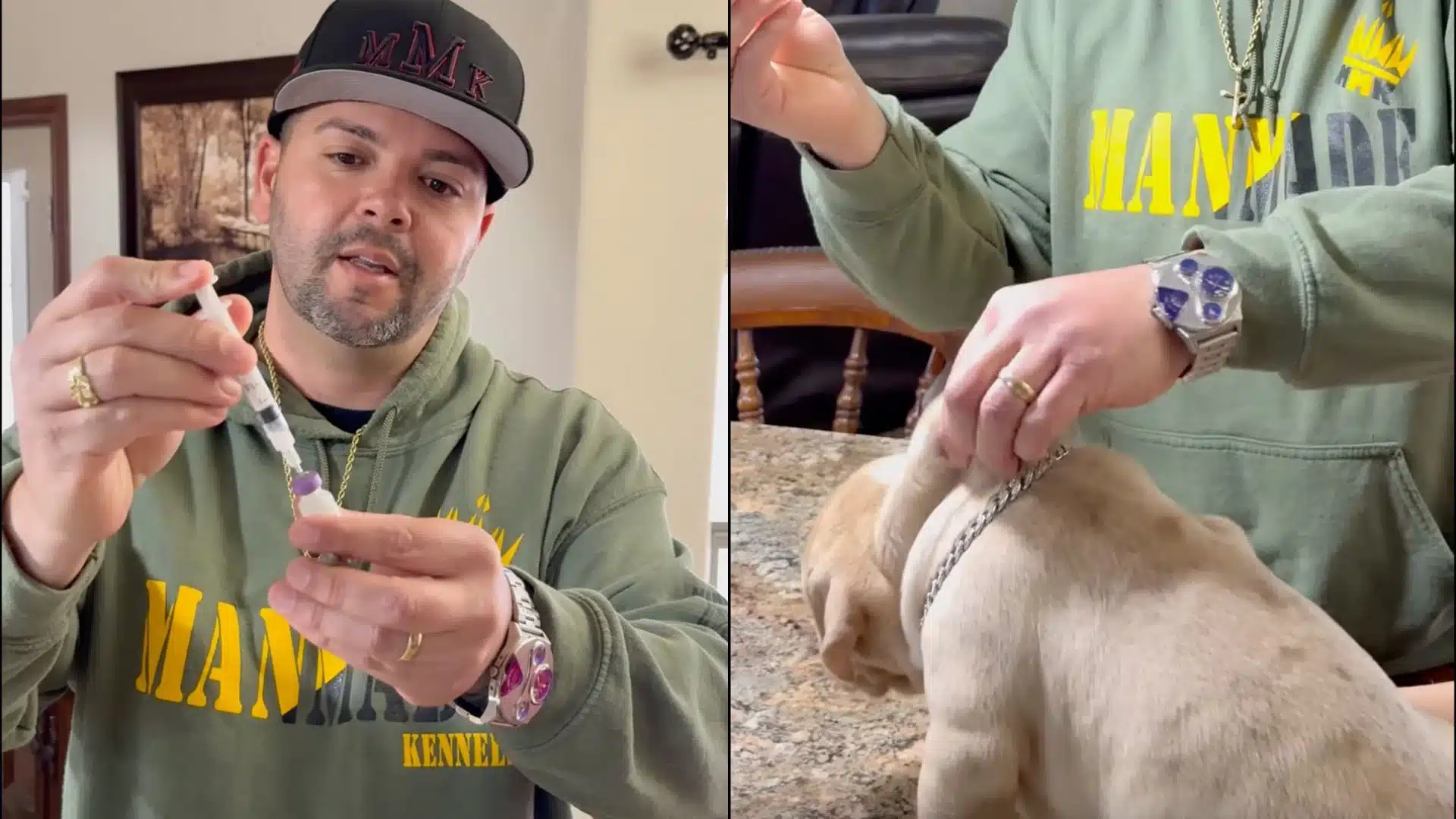
How Friendly Are American Bullies With Other Animals?
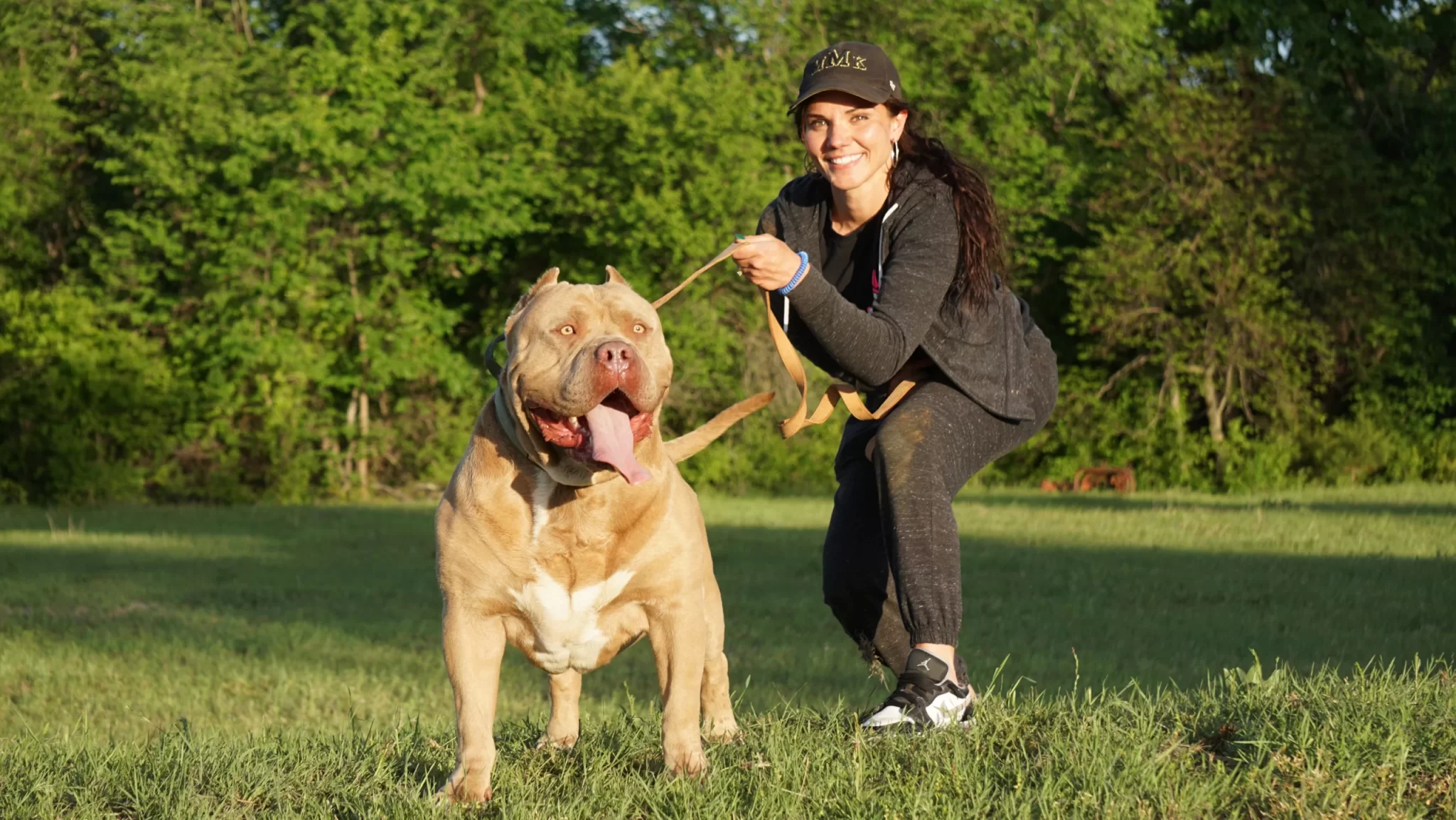
How to Choose the Best Stud Dog for XL Pitbull Breeding: A Complete Guide
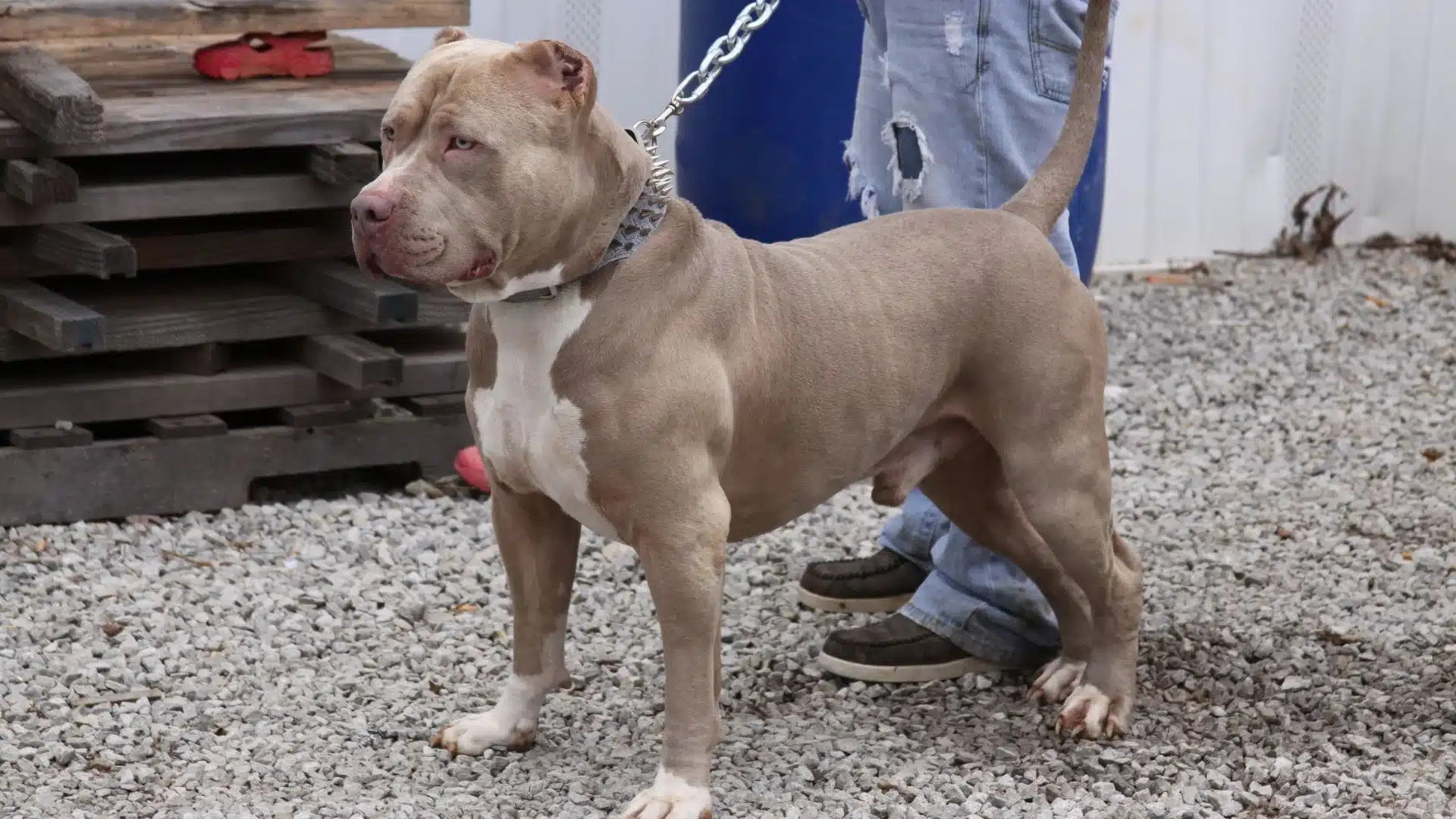
I am a highly skilled content writer and SEO expert with a passion for helping small businesses succeed in the digital world. With my extensive knowledge of the latest SEO techniques and strategies, I have successfully assisted numerous clients in improving their website rankings, generating more leads, and driving a significant increase in website traffic.
As a professional content writer and SEO expert, I am confident in my ability to contribute significantly to the success of small businesses. If you are seeking a results-driven, highly skilled digital marketer who can help you increase your ranking, convert new leads, and see a substantial improvement in website traffic, I would welcome the opportunity to collaborate with you.
Website: https://manmadewebsites.com/
Email: hello@digitalmarketingchap.com

